How to Protect Your Boat in the Winter
It is routine for goosebumps to accompany the warm weather in spring. For much of the country, boats sit in storage for months throughout the duration of winter. Suddenly, the sounds of songbirds and longer days can bring the kid spirit out of any ambitious angler. However, mechanical problems can replace that giddiness like a bully stealing lunch money. So, if your boat has been sitting idle for several weeks, and it’s going to remain that way for a couple of more months, read on. We’re going into details about how to protect your boat in the winter. Proper storage can minimize many of these dreadful problems.
How to Protect Your Boat in the Winter
Tenisha Reichhart of Schnelker Marine & PowerSports in New Haven, Indiana sees her fair share of mechanical problems each spring from eager anglers because the lack of proper storage. She explains, “Leaving a motor in freezing temperatures unwinterized runs the high risk of water and fuel within the motor freezing, expanding, and causing internal damage.” Freezing and thawing in parts of country with freezing temperatures will takes its toll. It can even ruin a motor.
How to Protect Your Boat in the Winter: Problems from Poor Storage
Weather is not prejudice in its foul treatment. “Untreated fuel in an outboard motor can degrade and cause fuel system problems,” Reichhart explains. “Water left in the motor can freeze and cause further internal damage.” Equally horrible outcomes greet inboards. For inboard motors, freezing fluids within the motor will expand and can crack the block and other motor parts. Each can cause motor failure and zap thousands of dollars from a bank account.
It is not just the cold that is devastating. Boats are made to be used. Extended periods of idle sitting can also adversely affect a boat and its motor. Reichhart emphasizes, “Rust and dry rot are more likely to happen during prolonged storage.”
Bigger problems lie in the motor. “Engines are made to run oil and fluids through them to keep internal parts lubricated and functioning properly. When left sitting, parts of the motor can become dry. Then rust or dry rot, depending on the internal material, can cause failures anywhere between the motor, carpet, floor, or other.”
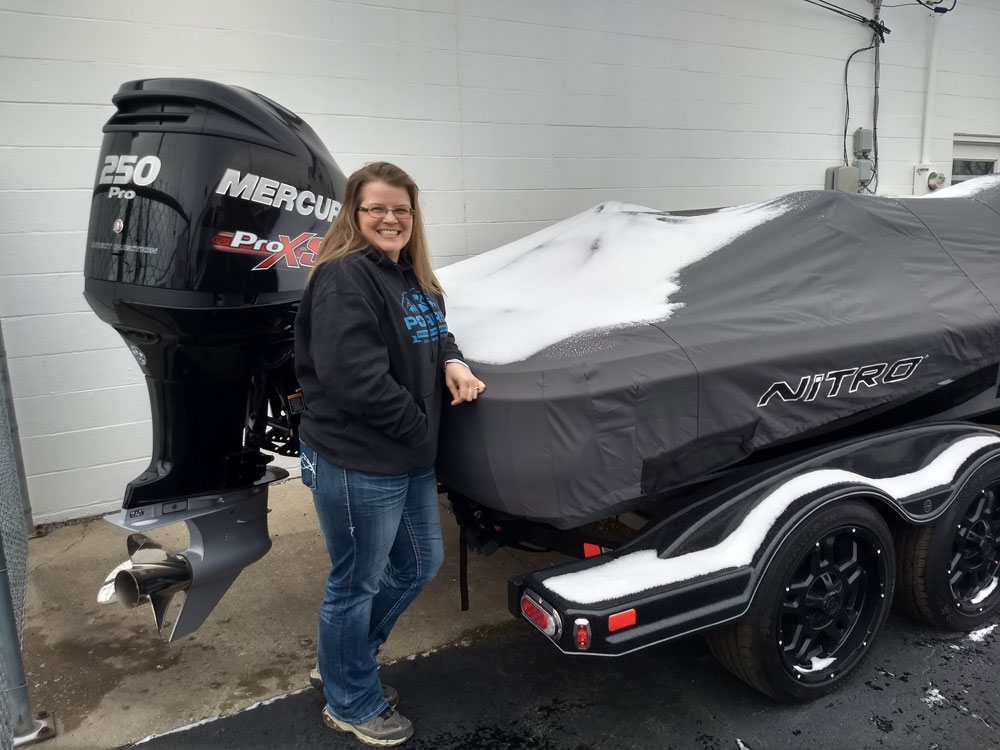
How to Protect Your Boat in the Winter: Proper Storage
Begin with winterizing the motor. Reichhart explains, “Putting oil inside the motor via fogging or other methods, reduces risk of internal part failure.” She insists even outdoor storage is not a concern if done properly, “Snow, ice, and water will not cause problems. However, keep the cover on so that elements will not damage the interior.” She adds that you should always store motors with the drive tilt down, and add a stabilizer to fuel. However, that should be done year-round, not just in the winter.
Don’t forget about the amenities. Reichhart warns to keep electronics, such as graphs, in a dry and warm environment – at minimum, keep them dry. Unplug trolling motors, and unhook batteries from the boat and place them on a tender.
How to Protect Your Boat in the Winter: The Trailer
“The grease,” Reichhart states, “inside must stay distributed and does so through movement of the trailer in order to stay properly lubricated.”
Luckily, she remarks, remaining solitary for a single winter should not cause trouble. If storage persists beyond, it is best to drive the trailer several miles to keep proper lubrication.
Tires need care. “Make sure tires are aired to spec, so that damage is not done to the rims by the weight of the boat.” She adds, “For extended periods, blocking the tires off the ground can help reduce flat spotting on tires.”
For much of America, several months still remain before open water. Make preparations now to maximize time on the water and not in the marina. Protect your boat, and make sure it is safe from underwater obstructions by products from Megaware.

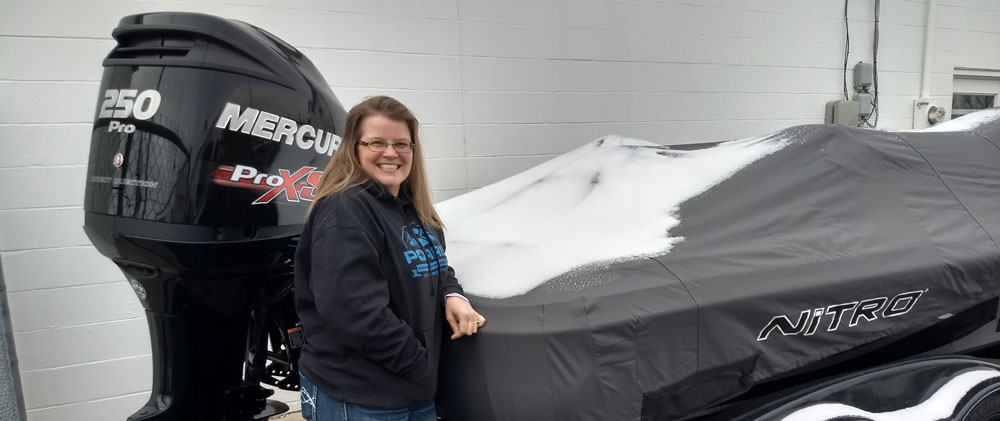
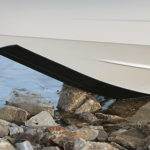
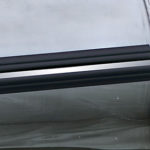
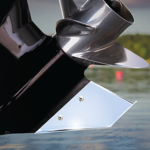

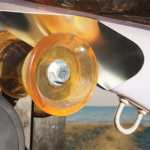
Comments